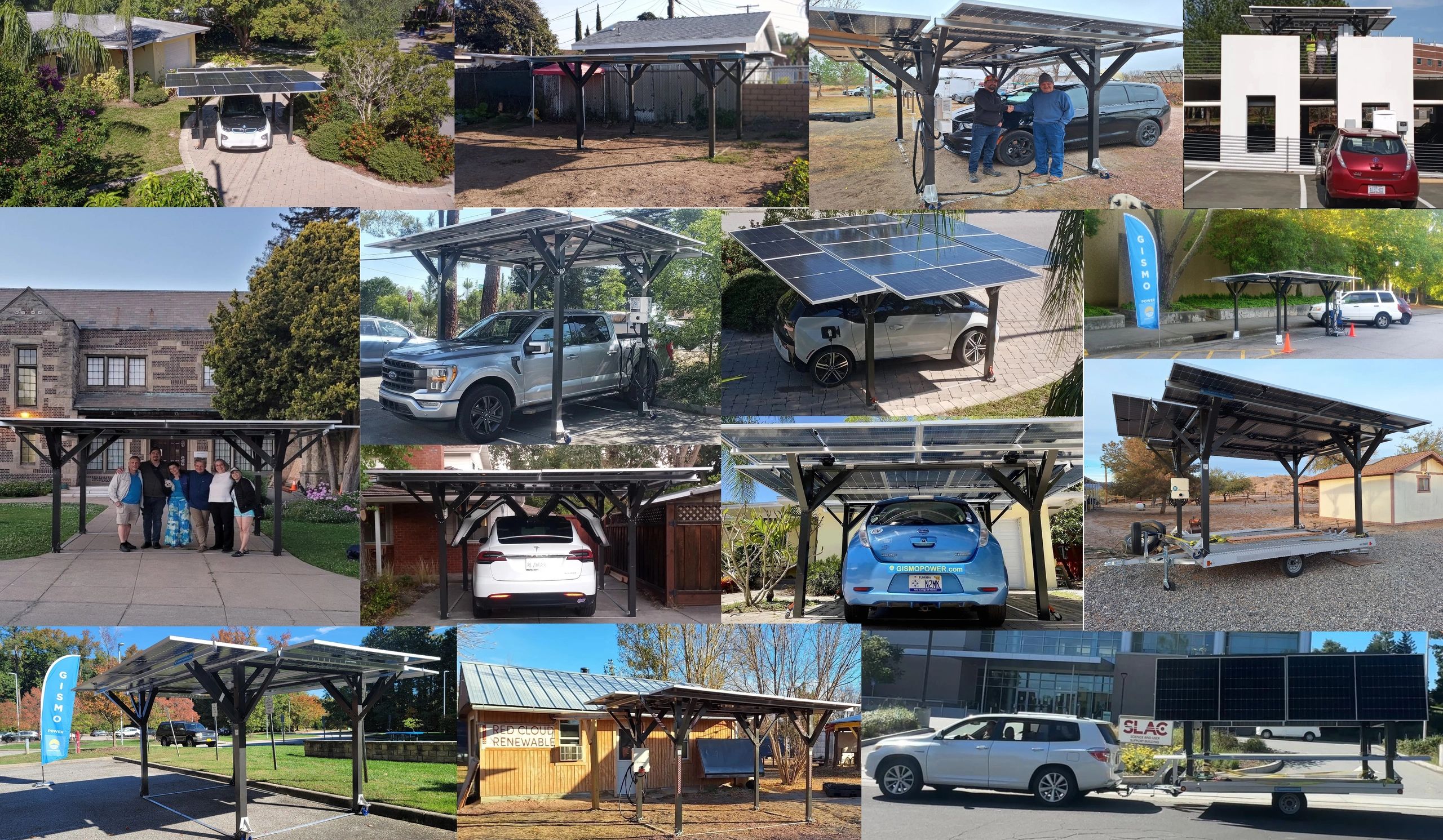yeah, but no. Apparently the testing has been done, and they are super not happy.
Google "
Balkonkraftwerk" for the German experience with these.
There are only a few million of them: clearly a fad.
There's a guy in the USA trying to get the electrical code altered to get these legal in the USA.
NFPA does not seem interested.
So far he can only sell on Native American reservations which don't need to adopt the NEC, so many don't.
Mobile Electricity Generating Appliance MEGA® Solar Carport w/ Removable Wheels Grid Tied / Off Grid DOE and Utility Approved

gismopower.com


